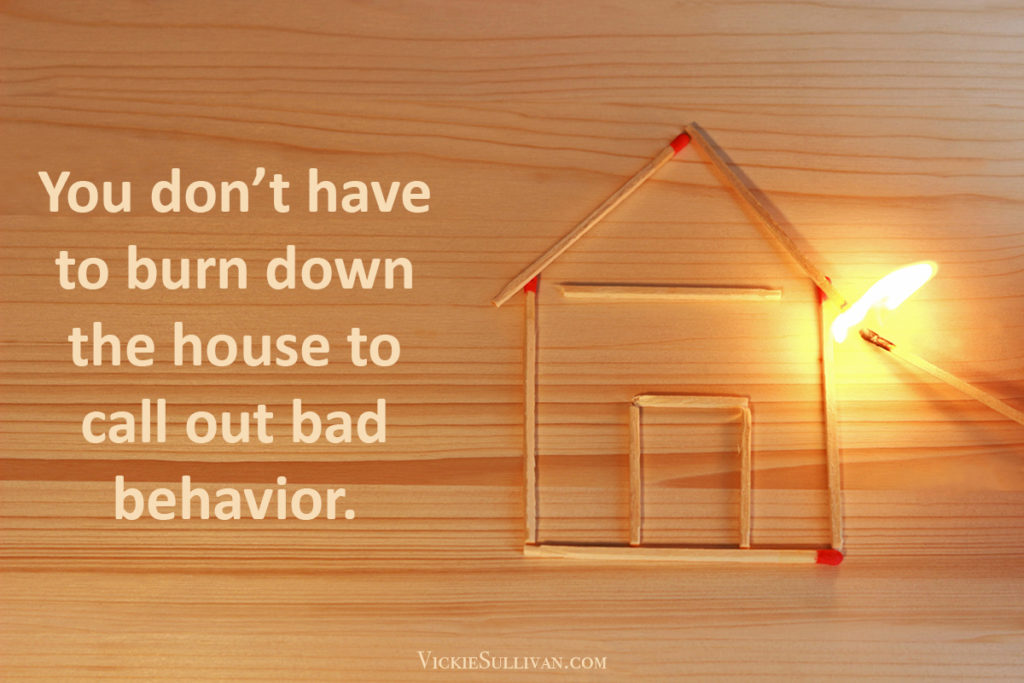Written by: Vickie Sullivan | November 05, 2019
Calling Out Bad Behavior

Heads up: I’m using a controversial topic as an example. If you can’t move past the topic, stop reading now.
For those who are still here, check out this searing Hollywood Reporter column by former NBA Hall of Famer Kareem Abdul-Jabbar about comedian Shane Gillis’ “apology” for racial slurs and other stupid comments. This article is an excellent example of two things: using controversial topics as an educational tool and calling out bad behavior in “education” mode. Let’s drill down on the latter.
Two things we thought leaders can copy:
• Answer hidden questions. The author did a great job exploring questions everyone was thinking but not asking: Should we be punished for long-ago offenses that we clearly learned from? What’s the difference between an offensive artist and an artist who takes risks? These questions bring out informative distinctions in easy-to-understand language. Well done.
Listen: How Calling Out Bad Behavior Impacts Thought Leadership
• Set the standards. Abdul-Jabbar’s three questions here set benchmarks for the distinctions based on the above answers. They provide a roadmap to tell the difference and explain why some apologies are not accepted. Without these, the distinctions he describes would seem less credible and more susceptible to debate and interpretation.
We may not agree with Abdul-Jabbar’s assessment, and that’s OK. By providing both distinctions and standards, the author returned fire with a thoughtful and thought-provoking piece. You don’t have to burn down the house to call out bad behavior.
Now Read This:
- How to Counteract False Stories
- Strategic Sounding Boards Give Real-World Advice for When the Rubber Meets the Road
